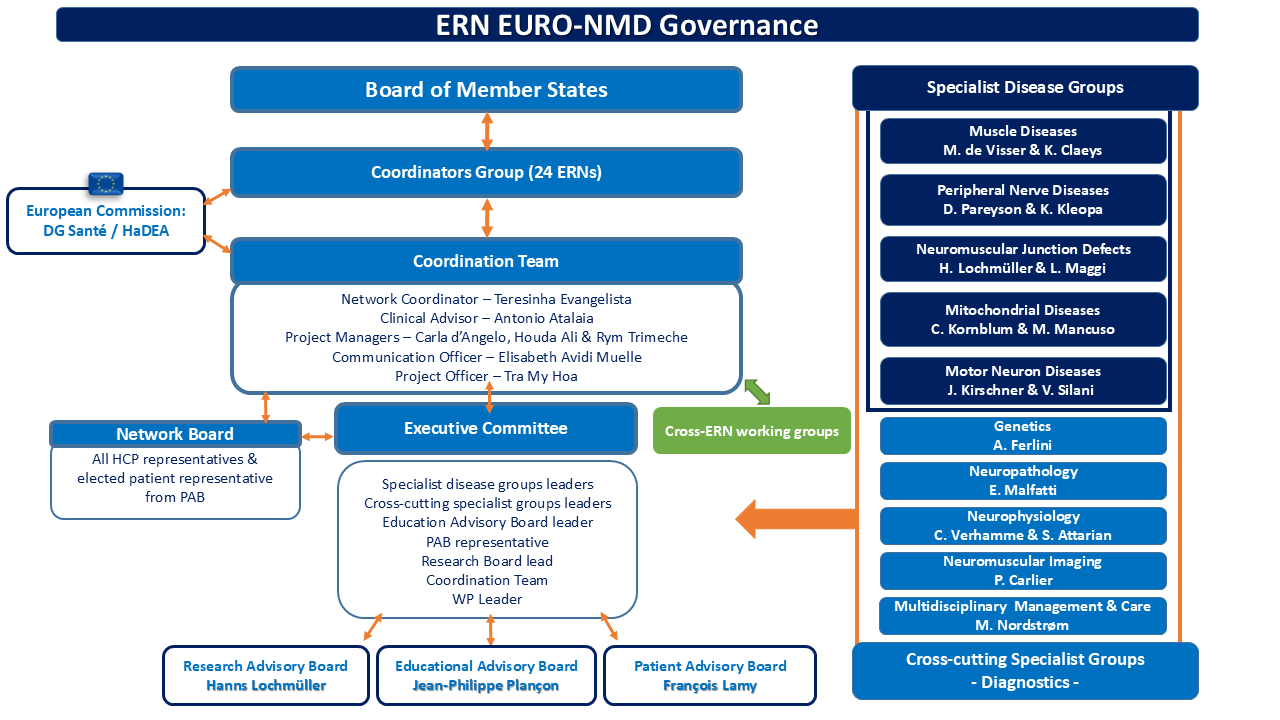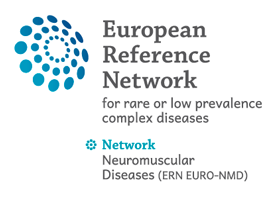The ERN has a ‘multi-tiered hub structure’ so that it can accommodate the associated and collaborative members as well as the existing research networks and the learned societies.
In essence, this means that although a limited number of health care providers are members of the network, ‘non-member centres’ can be affiliated to the ERN and are able to access the expertise of the ERN, submit patients etc. Full members of the ERN are therefore be expected to disseminate key messages and engage with their national colleagues working in this disease field. This structure will also allow the collaboration with the learned societies and research networks avoiding duplication of efforts in areas like education/teaching; registries; bio banking and care guidelines among others.
The ERN is required to have to have a board of the ERN that should be established in accordance with what is stipulated in the operational criteria. It should include one representative from each healthcare provider that is a full member of the ERN. There will be a coordinator of the ERN nominated by the coordinating centre. The board will also include two patient representatives.
The Board of the ERN will be supported by thematic groups, developed around the main groups of diseases: Muscle, NMJ, Nerve, Mitochondrial Neuromuscular diseases and ALS/MND/SMA, each of them with a spokesperson. There will be cross cutting groups, for instance ‘Diagnostic Tools’ (genetics, pathology, imaging, etc.) that will cover common issues of the different diseases. These groups will report to the Board and will help with the governance of the network.
A secretariat, an educational advisory board and a research advisory board will support the overall structure. It will be supervised by an external evaluation body and with the input of the patient advisory board (from this advisory board would be elected the two representatives for the board of the ERN).


